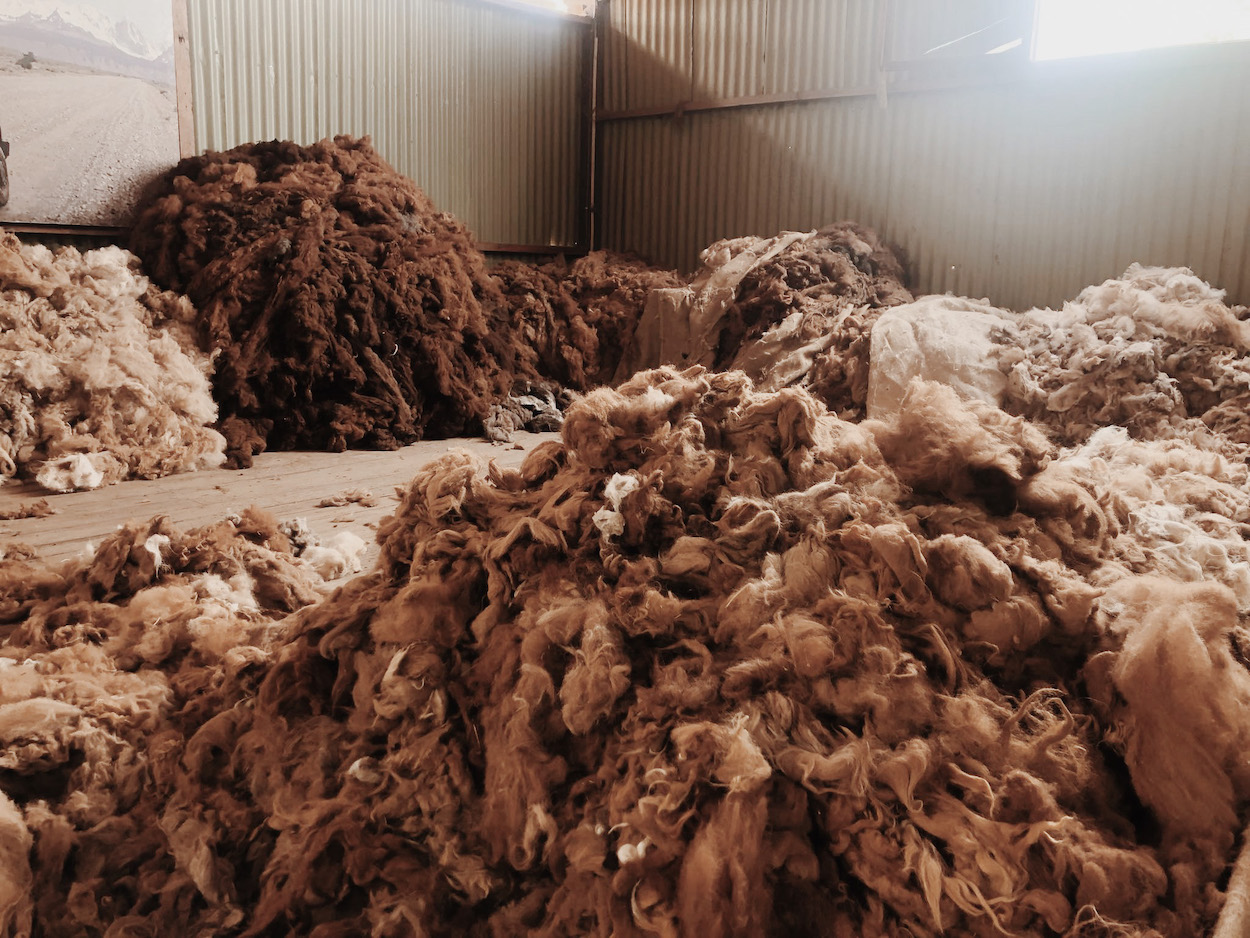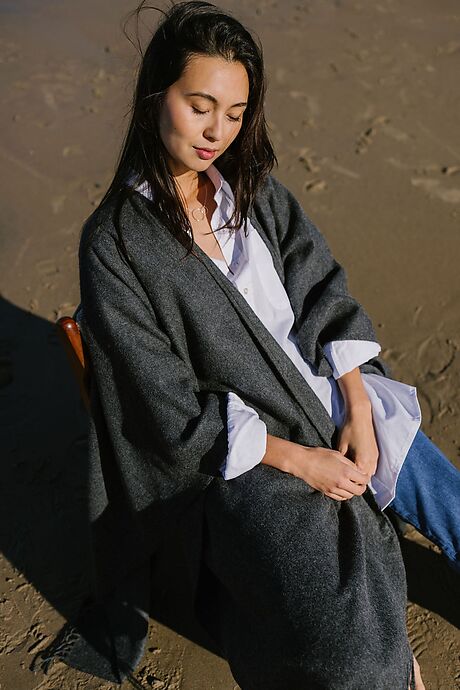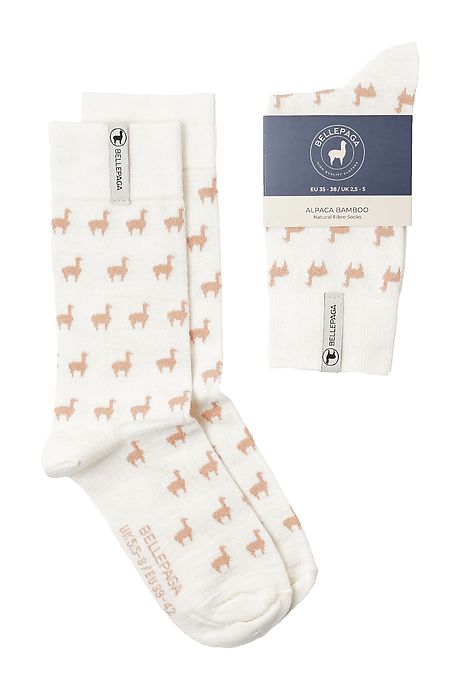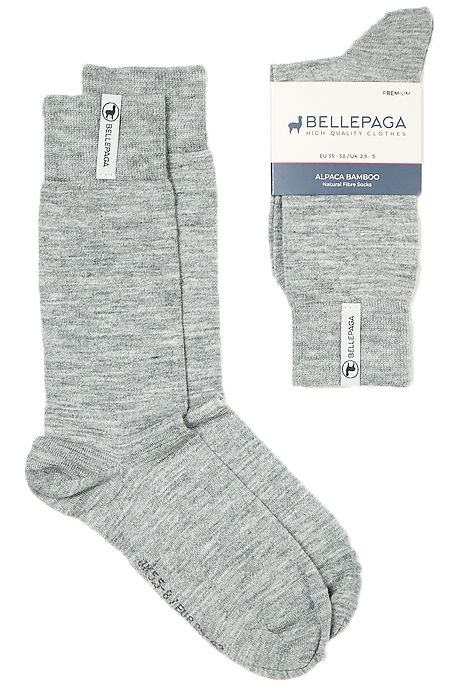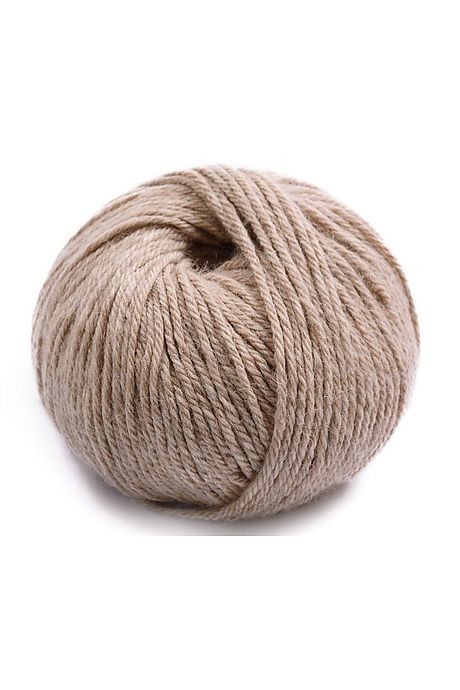vicuña alpaca
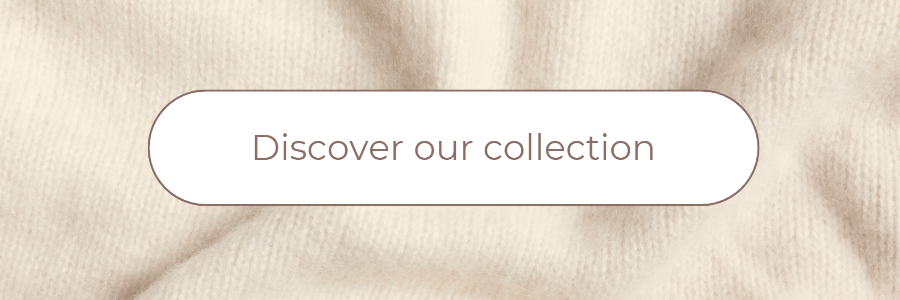
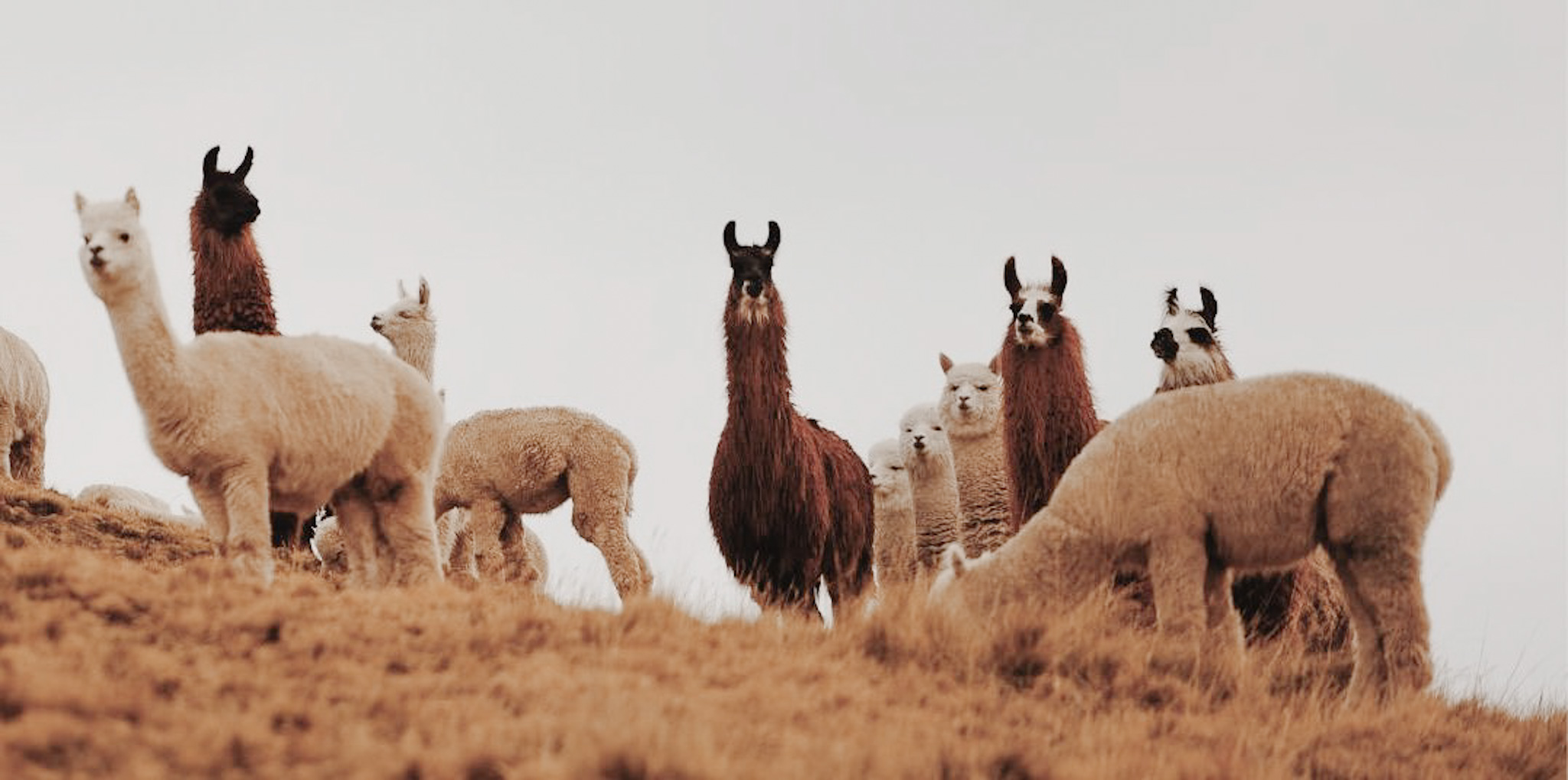
In South America, there are four types of camelids: the llama, the alpaca, the guanaco and the vicuña. The last two live in the wild, the guanaco being the ancestor of the llama and the vicuña of the alpaca.
The llama is the largest of the camelid family, measuring about 1.70 metres! It has a long snout and long curved ears and is generally used as a pack animal. The guanaco is the same size as the llama but is much slimmer and thinner.
Let's focus on the similarities and differences between the alpaca and vicuña and the benefits of their wool. BellePaga explains it all to you!
Differences between alpaca and vicuña

The vicuña is the smallest of the camelid species, measuring approximately 120 to 180 cm and found only in the central Andes Mountains of South America.
Physically, it is much thinner and slimmer and has less fur than the llama and alpaca. The colour of its coat is brown on top and white on its flank, belly and inside legs. Its fleece is the finest material after silk. The vicuña has hooves that allow it to be fast and agile in its very rocky natural habitat.
A shy and wary animal, it lives on high grassy plateaus, up to an altitude of 5,000 metres, and travels in herds of 10 to 20 other vicuñas, consisting of a dominant male. They are very resistant to domestication. Since the time of the Incas, the vicuña was hunted for its wool to make warm and soft clothes for the royal family. It was forbidden to own vicuña wool items without being part of the royalty! After shearing, which took place once every two years, it was carefully released.
Vicuña produces only 150 to 225 grams of wool per year, which is why it is so rare and expensive. Only a certain amount can be produced each year. It is therefore considered luxurious and many people pay incredible amounts of money for it. Vicuña wool is very high quality and fine (about 12 microns). It has all the same advantages as alpaca wool such as its thermoregulatory, hypoallergenic and durable properties. Vicuña wool is very warm and durable, much more so than sheep wool, and its lightness makes it very comfortable.
Finally, vicuñas live about 20 years. Its predators are the puma, the Andean fox and the condor.
The alpaca is about 75 to 90 cm long. It also comes from South America, mainly from Peru. It has straight ears and a fairly rounded back. Unlike the vicuña, the alpaca does not have hooves. Instead, it has a foot with a nail and a pad to prevent it from damaging the pasture. The colour of its coat is very diverse, it comes in 22 official colours, ranging from white, black, beige and brown.
A cuddly and sociable camelid, it is not afraid of human presence. It is therefore domesticated for breeding and for shearing its wool. This is done once a year, in the spring, so as not to affect its survival and so that its wool can grow back for the winter. It provides about 2.5 kg to 5 kg per year.
There are two different types of alpacas: the suri alpaca and the huacayo alpaca.
The latter is the best known and most widespread. It can be recognised by its very thick, sheep-like coat. The suri alpaca is rarer and has dreadlock-like locks.
Wool of the gods

Such fine wools rhyme with softness and comfort, offering exceptional quality and well-being. This means you can wear them next to your skin without them itching.
Hypoallergenic, they are suitable for all skin types, even the most sensitive. Vicuña and alpaca are the only wools that do not contain lanolin, a substance that is known to be allergenic and can cause irritation, redness and itching.
Often we tend to think that the thicker a wool or garment is, the warmer it is. This is not true, thickness can sometimes compress us, cut off our circulation and therefore make us feel cold. Breathable and thermoregulating, the wool of these camelids will keep you warm in winter thanks to its important contribution of heat, while keeping you at the right temperature in summer, without sweating and leaving bad odours.
Alpaca wool and vicuña wool are long-lasting wools that last for many years. The strength of the fibres and the fact that they do not pilling allow you to keep your wool clothes as good as new. Quality and durability, turn to these materials and advocate slow fashion.
In addition to having many advantages for our well-being, these wools are ecological, the most ecological in the world! They come from camelids with a very small environmental footprint, releasing little carbon dioxide and not damaging the land. Furthermore, vicuña wool does not tolerate chemical treatments, so no artificial dyes are used. The same applies to alpaca wool, which has a multitude of natural colours, 22 in all, making the use of chemical dyes unnecessary.
Did you know ?
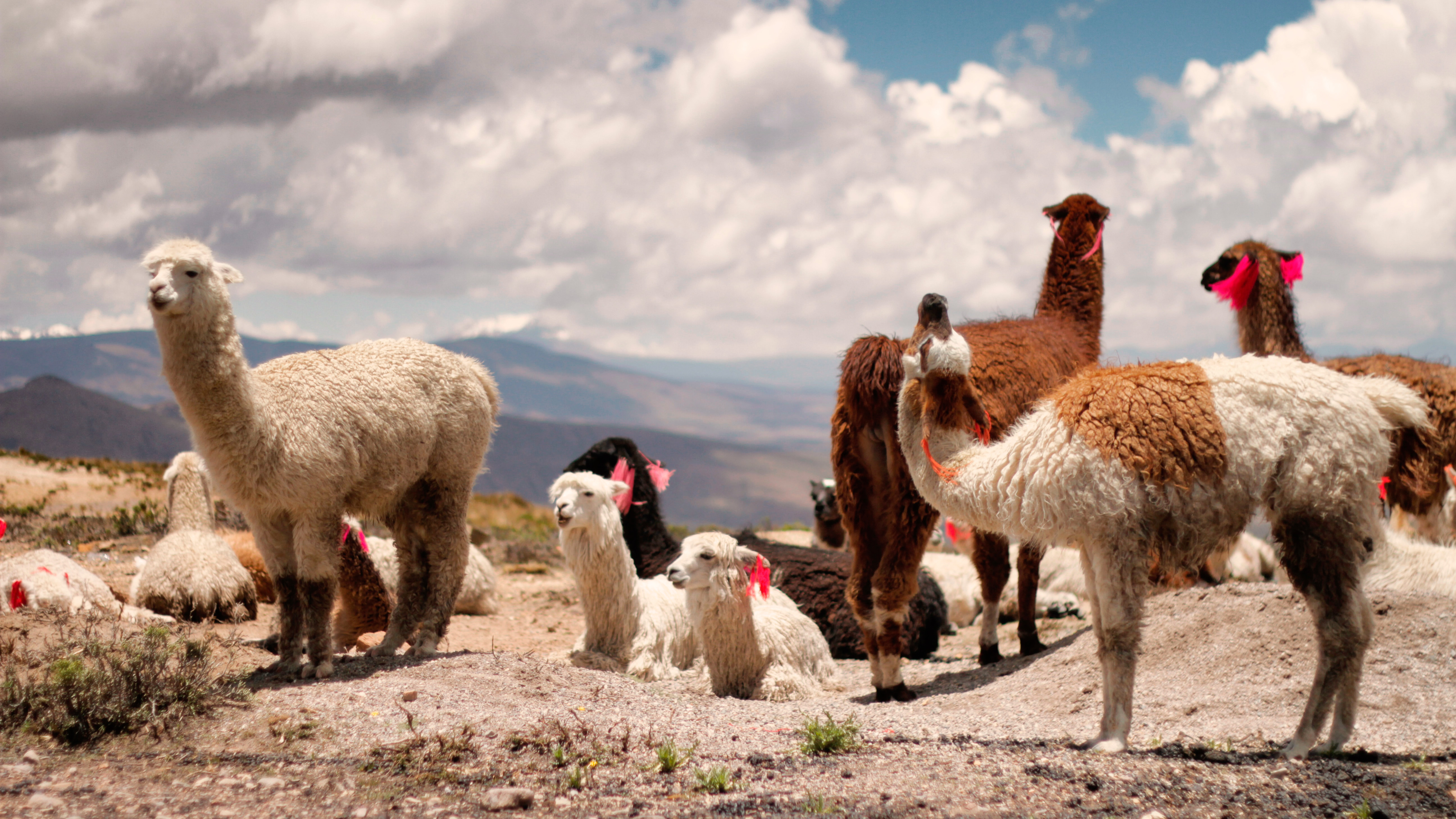
Concerning the alpaca, archaeologists in Peru have discovered that human bodies were mummified in
In Peru, archaeologists have discovered that human bodies were mummified in many layers of alpaca cloth and wool. Sometimes the alpaca, a sacred animal of the country, was buried with its master.
Alpaca wool and baby alpaca fibre
The only major difference between alpaca and vicuña wool is the rarity of the latter. Less expensive and just as high quality, alpaca wool is THE choice for soft and warm clothing.
BellePaga offers you a range of articles for men, women and home made mainly of baby alpaca fibre, the finest and most luxurious of the alpaca wool fibres. Indeed, it comes from the very first shearing of the alpaca and has a length of 18 to 22 microns. Often compared to silk, this soft and fluffy fibre will enhance your comfort experience.
Created with ancestral Peruvian know-how, our articles are all hand-finished in order to offer you an unbeatable quality. Our products do not undergo any chemical treatment. For the articles with more artificial colours, our colours come only from the dyes emanating from minerals.
Respect for the animal and our employees is our main concern. The alpacas live in total freedom in their natural habitat, the Andes Mountains in Peru. The craftsmen are paid fairly and work in good conditions. The two founders of BellePaga ensure that each of the brand's values are respected by visiting the region every year.
BellePaga offers elegant, classic and timeless products. They are suitable for all styles and can be taken out of your wardrobe every year without fear of going out of fashion!
Look after your alpaca wool items with care and you can be sure that they will last for many years. Discover all our tips for caring for your BellePaga products here.
Quality, comfort, softness and warmth are the key words of this eco-friendly brand.
Discover our different items on BellePaga.com
-
Warmi Poncho
289,00 €
-
Apocuna Scarf
159,00 €
-
Yupa Socks - Classic
- 35 - 38
- 39 - 42
- 43 - 46
23,90 €
-
Sami Premium Socks - Classic
- 35 - 38
- 39 - 42
- 43 - 46
29,90 €
-
Alpaca Yarn
9,90 €

